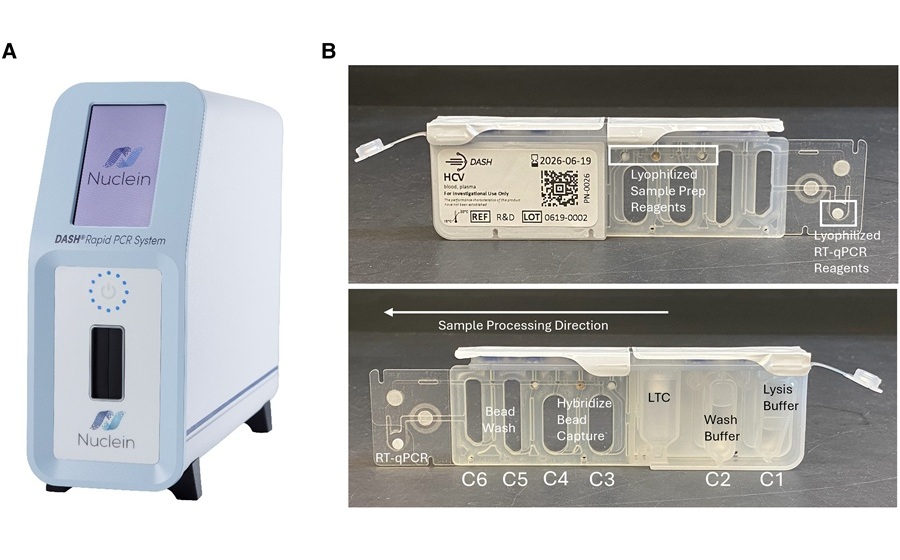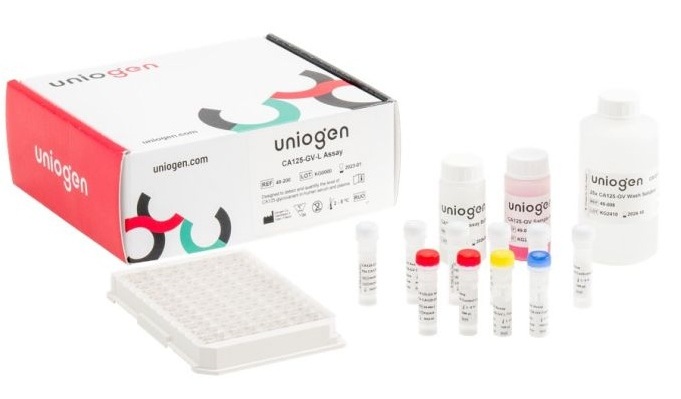Simpler, Faster Testing Technology to Boost Early Detection of Lyme Disease
Posted on 28 Aug 2024
Lyme disease, transmitted to humans through tick bites, presents a diagnostic challenge due to its initial vague symptoms such as headaches, pain, and fatigue, which may evolve into a severe, long-term inflammatory condition affecting the joints, nerves, brain, and heart. This complex immune response can often be confused with other dangerous tick-borne infections, complicating the initiation of appropriate antibiotic treatments. While antibiotics do not guarantee a cure, they are effective in preventing the progression of the disease in 80% to 90% of cases if administered early. Currently, the definitive diagnosis of Lyme disease relies on a two-stage laboratory test, which can take up to two weeks to deliver results and frequently fails to detect early-stage infections. Now, a new testing approach utilizing artificial intelligence (AI) technology has demonstrated efficacy in accurately diagnosing Lyme disease within 20 minutes with a single test.
The Lyme disease detection technology developed by researchers at the California NanoSystems Institute at UCLA (Los Angeles, CA, USA) operates similarly to at-home COVID-19 tests. It produces results within 20 minutes, interpreted by a portable AI-powered reader. In this technology, a blood serum sample is introduced into a cartridge along with a buffer solution, initiating a vertical flow through several sponge-like paper layers. One such layer is embedded with synthetic peptides—protein building blocks from Lyme disease bacteria—that capture specific antibodies produced in response to the infection. The emerging pattern, indicative of the presence and concentration of these antibodies, is captured by a digital reader and analyzed by an AI algorithm to provide a diagnosis.

In the study published in Nature Communications, the researchers validated the effectiveness of this single-test approach against the conventional two-test method for Lyme disease. The researchers trained their AI algorithm using diverse patient samples, including those from early-stage Lyme disease and conducted blind tests to evaluate their technology. They reported a 95.5% sensitivity in detecting Lyme disease and a 100% specificity in identifying negative samples. When compared with standard laboratory tests, this point-of-care test aligned well, effectively identifying Lyme disease and distinguishing it from similar conditions.
The testing materials are cost-effective, with each test paper priced at USD 3 and the reader adapted from a commercially available smartphone costing USD 200. The quick, portable, and affordable nature of this testing method offers the potential for immediate Lyme disease diagnosis directly at the point of care. This development represents a significant advancement in rapid diagnostic technologies that accurately profile the human immune response to infections. The researchers are now focusing on adapting this test for use with whole blood samples and streamlining the test format. Plans are also underway to create a dedicated AI sample reader, independent of smartphones. Further development and testing could lead to clinical availability within a few years.
“A lot of folks find out they have Lyme disease well after the point at which they could have been treated very easily,” said co-corresponding author Dino Di Carlo, the Armond and Elena Hairapetian Professor of Engineering and Medicine in the UCLA Samueli School of Engineering. “If we can measure rapidly, in a way that’s cost-effective and not a burden to the health system and the patient, then testing can be done more routinely. If you were out in the woods and have signs of a tick bite or other symptoms, it might be prudent to quickly test either at home or the local clinic, which could enable potential treatment earlier.”
Related Links:
California NanoSystems Institute














